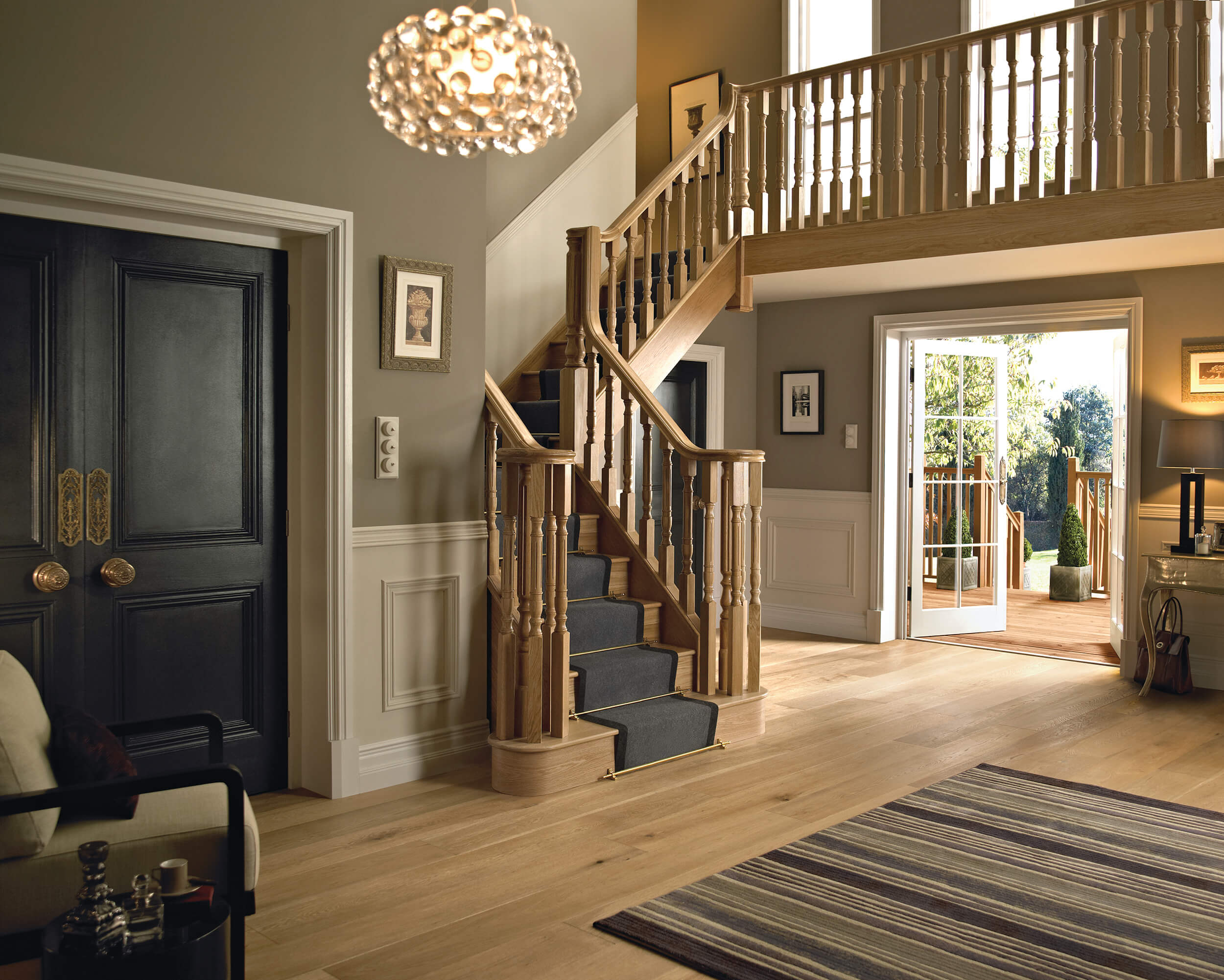
Stair Balustrade Parts
Design the perfect staircase with Richard Burbidge’s stair balustrade range, designed to enhance any project.
Balustrade adds a finishing touch to any staircase, offering both style and safety. Use our collection of stair balustrade elements to perfectly complement your interior design. Whether you’re looking for a metal stair balustrade or a traditional wood finish, you’ll find plenty of inspiration in our stairparts collection.
Browse below for stair balustrade ideas, or get in touch with our team of specialists for stairparts advice and inspiration.
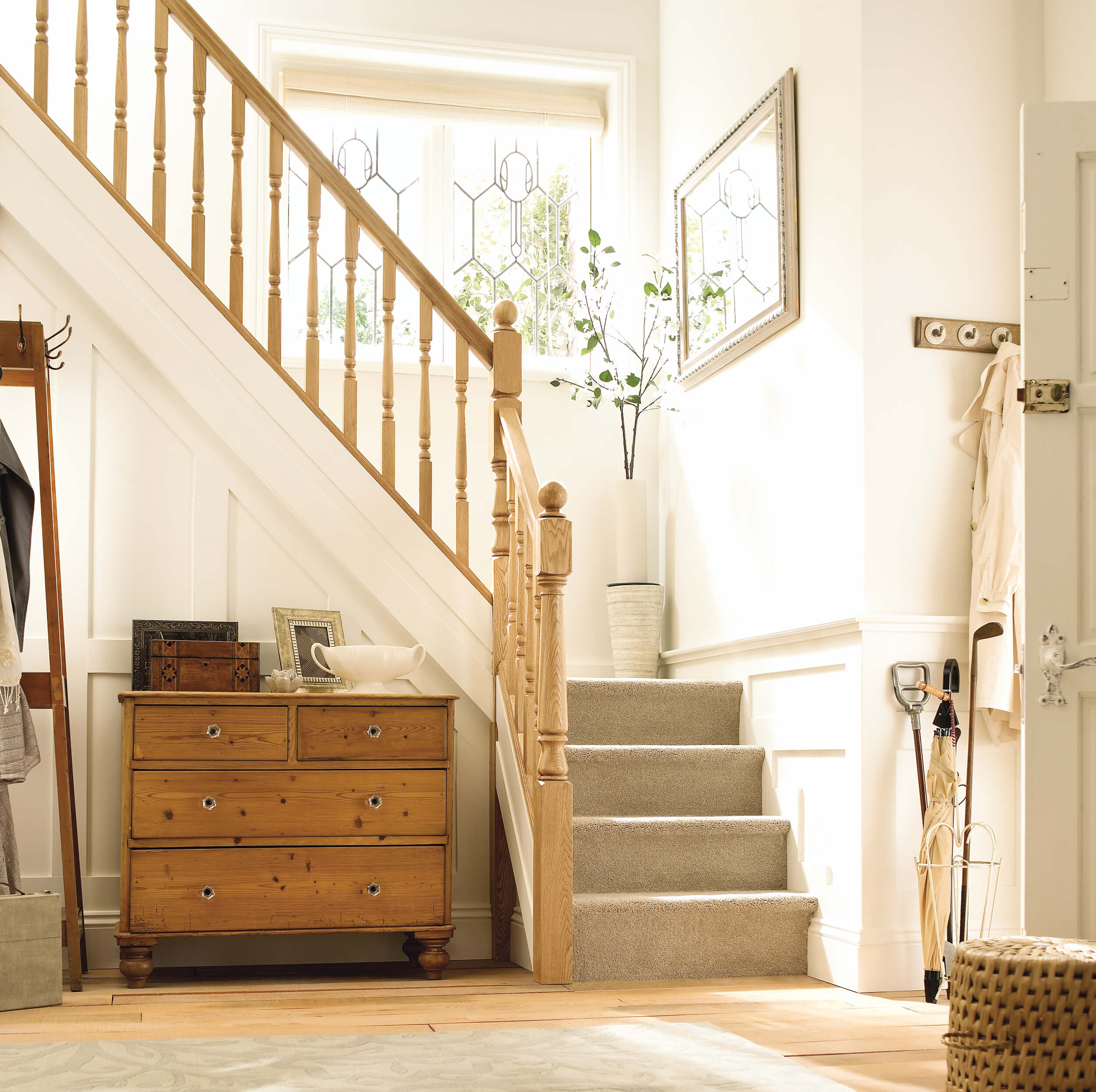
What is a Stair Balustrade?
A stair balustrade lines one or both sides of a staircase, and is made up of a number of parts. A balustrade consists of the following stairparts:
The balustrade acts as a design feature, and can take on different styles depending on the material or design. It’s also an important safety feature, and functions as a railing to prevent people from falling or tripping on the stairs.
What Stairparts Do I Need?
There are a few components that make up a balustrade, each of which plays an important part in both the design and safety aspects of your staircase.
Spindles or balusters
In a balustrade, the stair spindles support the handrail and bridge the gap between the base and handrail, stopping any potential slips or falls. In the UK, spindles need to be close enough so that a 100mm sphere can’t pass through the gap.
Handrail
The stair handrail is fitted on top of the spindles or balusters. While it’s important for safety - offering something to hold on to as you climb up and down the stairs - your choice of style can also bring together the look of your entire project. Our stair handrails come in a wide range of finishes and materials, so you’re sure to find the perfect choice to complement your design.
In the UK, the minimum height for a balustrade handrail on a staircase or landing in a domestic property is 900mm. For commercial staircases, the handrail must be at least 900mm high, while on landings the minimum height required is 1100mm.
Baserail
The baserail sits along the staircase and is where spindles or balusters are secured. We supply stair baserails in a range of timbers and finishes.
Stair newel posts
The stair newel stands at the top and base of the staircase, supporting the handrail, stair risers and treads. Our selection of newel posts are available in oak, pine, hemlock and white finish to match your style. If you’re going for a smooth, seamless effect, top your newel with a cap in the same finish.
Newel cap
Sitting atop the newel post, the stair newel post caps are a stylish, finishing flourish for your staircase design. Our selection of newel caps spans our style collections, and is available in multiple timbers - including pine, oak and hemlock. You can mix and match cap styles or materials depending on your desired finish.

How to Fit a Stair Balustrade
Our collection features stair parts and collections for all tastes, and many are designed to be installed yourself. Our stair collections come with easy to follow instructions and are suitable for most DIYers. However, we do recommend professionals install our Classic, Heritage and Trademark collections. Our support and technical team is happy to be of assistance throughout your installation project.
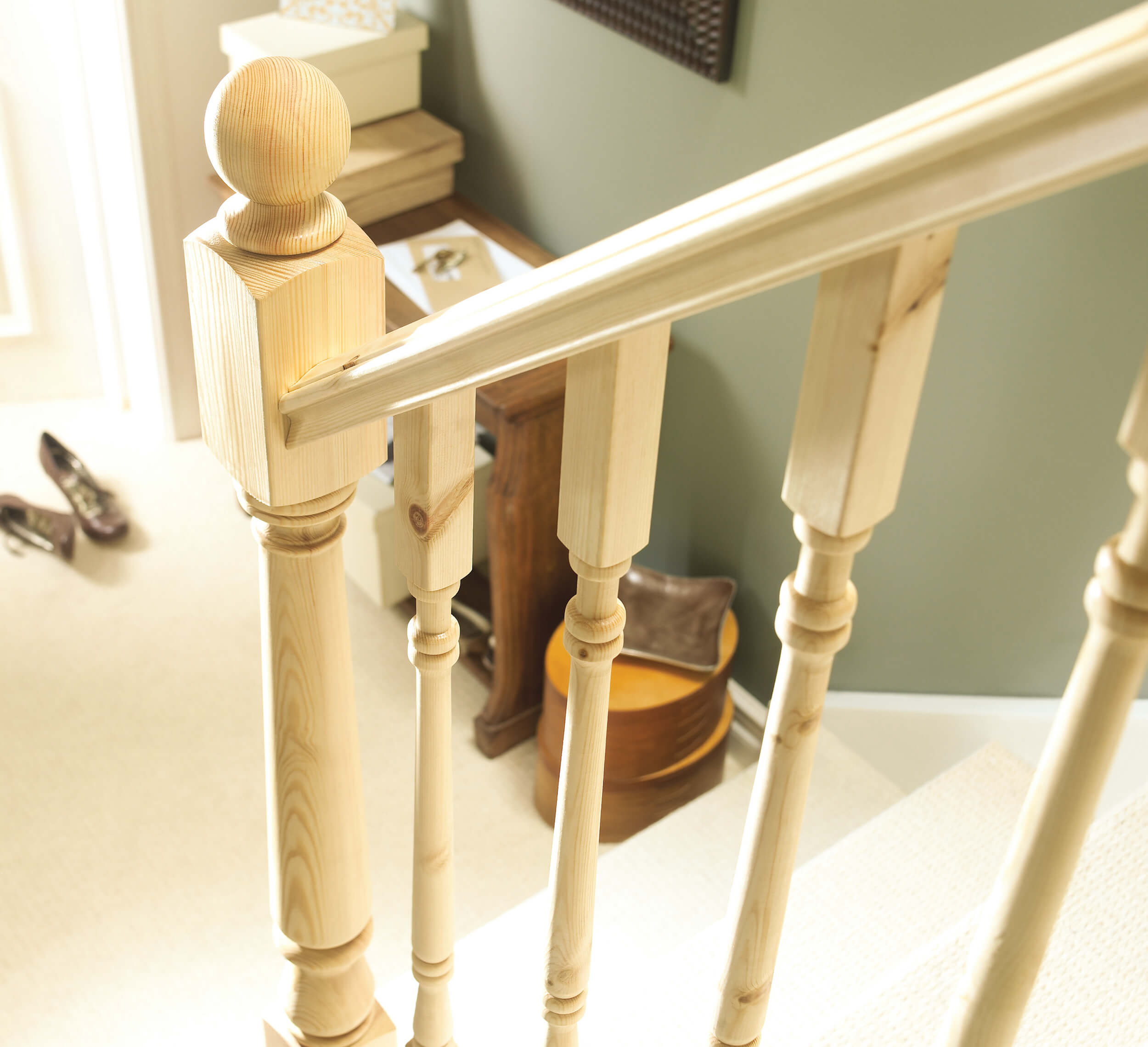
To start, begin with the baserail, if you’re using one. Measure and cut it to fit your staircase, taking extra care to make sure your measurements are right and you’ve got it level in the right position.
Next you need to make sure your newel posts are installed safely, and are standing perpendicular. Use a spirit level to make sure they’re both stood straight up, rather than at an angle or leaning away from each other. Most of the time, the baserail and handrail will be identical, but if you’ve got one of your newels leaning slightly, the handrail might end up being longer than the base rail.
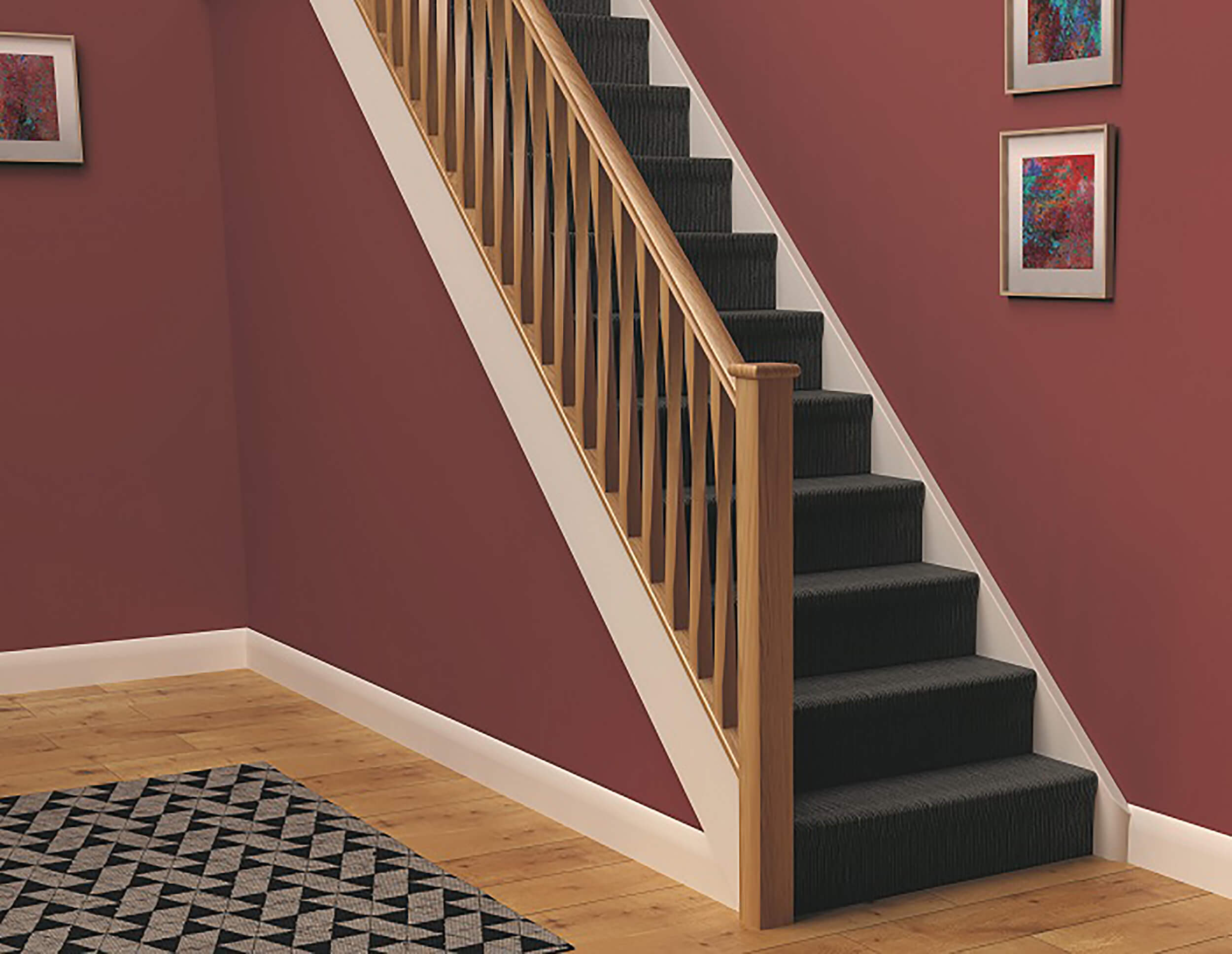
Once you’ve got the newels at the correct angle, mark the handrail with a pencil so you know how long it needs to be, and cut it to size - it’s a good idea to cut it a few mm longer.
Once the handrail and baserail are correctly installed, fit the spindles in place by gluing and pinning them with panel pins, ensuring they’re evenly spaced no more than 99mm apart.
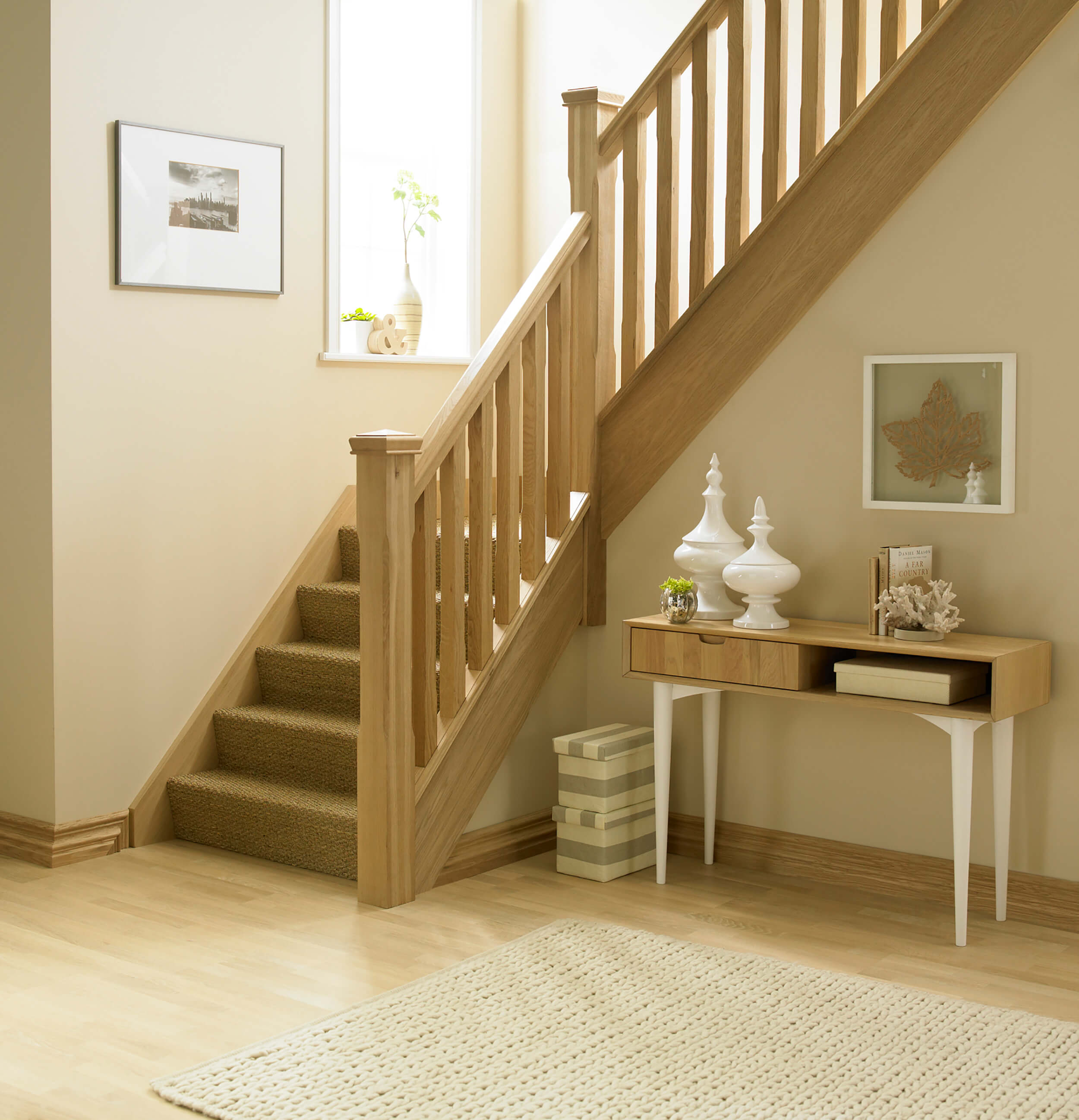
Finish by adding your choice of newel caps, and staining the wood for further protection, if you wish.
For any troubleshooting, guidance or assistance with fitting a stair balustrade, get in touch with our team, who’ll be happy to help.
Why Choose Richard Burbidge?
We’re the experts in timber design and construction. Stairparts and stair design elements are a key part of our range, and we know design, materials, and construction inside out.
We’re so proud of the trusted reputation we’ve been building over more than 150 years, and today provide everything from traditional and classic timber products to contemporary, cutting edge modern designs. Our friendly team is on hand whenever you need us to provide advice, inspiration, ideas and troubleshooting - we’re happy to help with all your DIY and construction enquiries.

